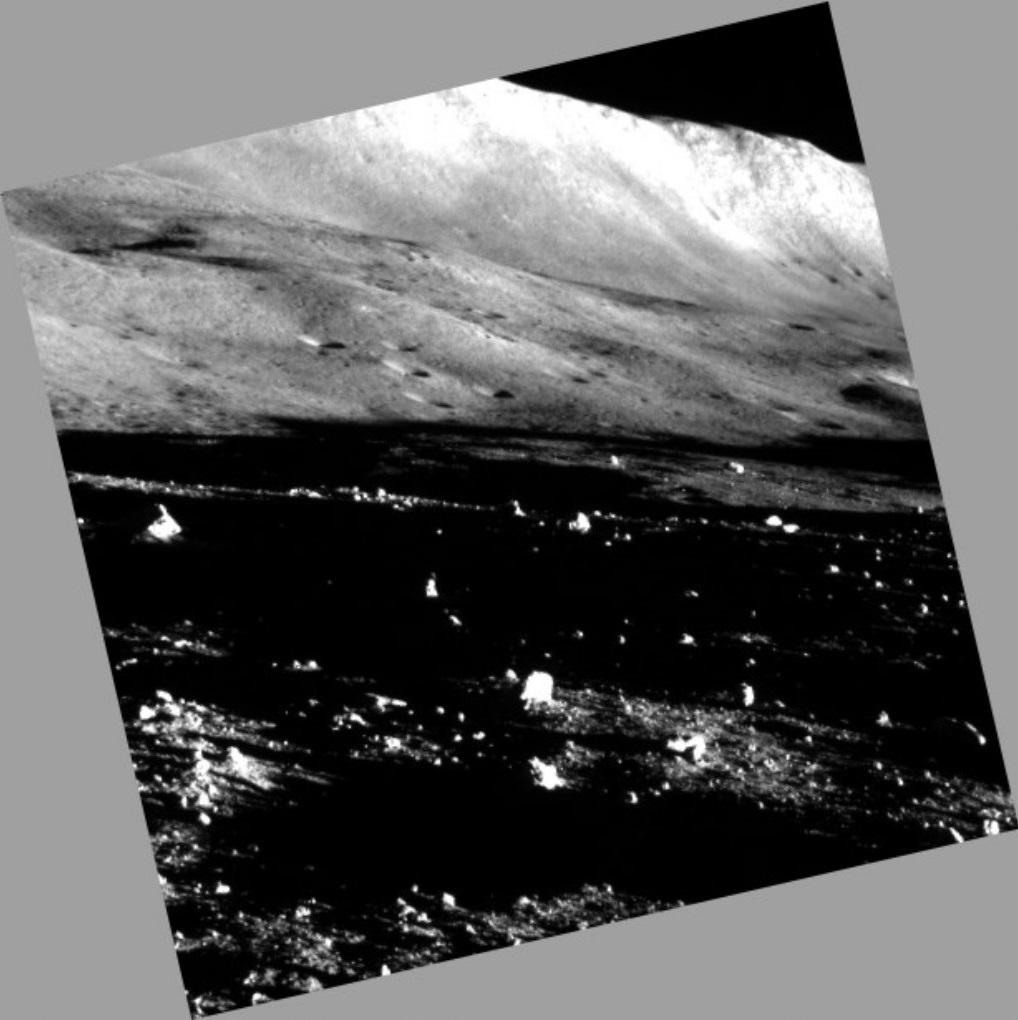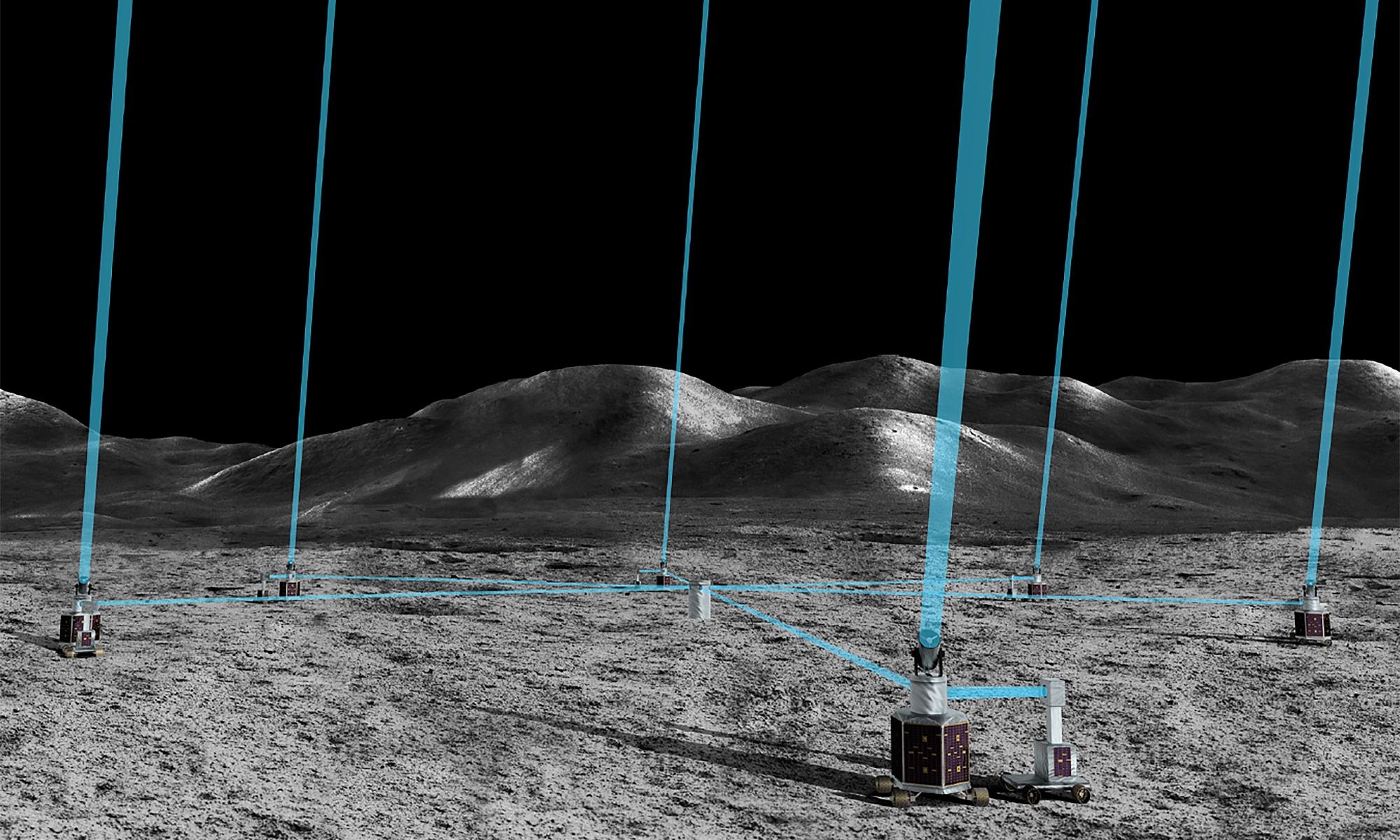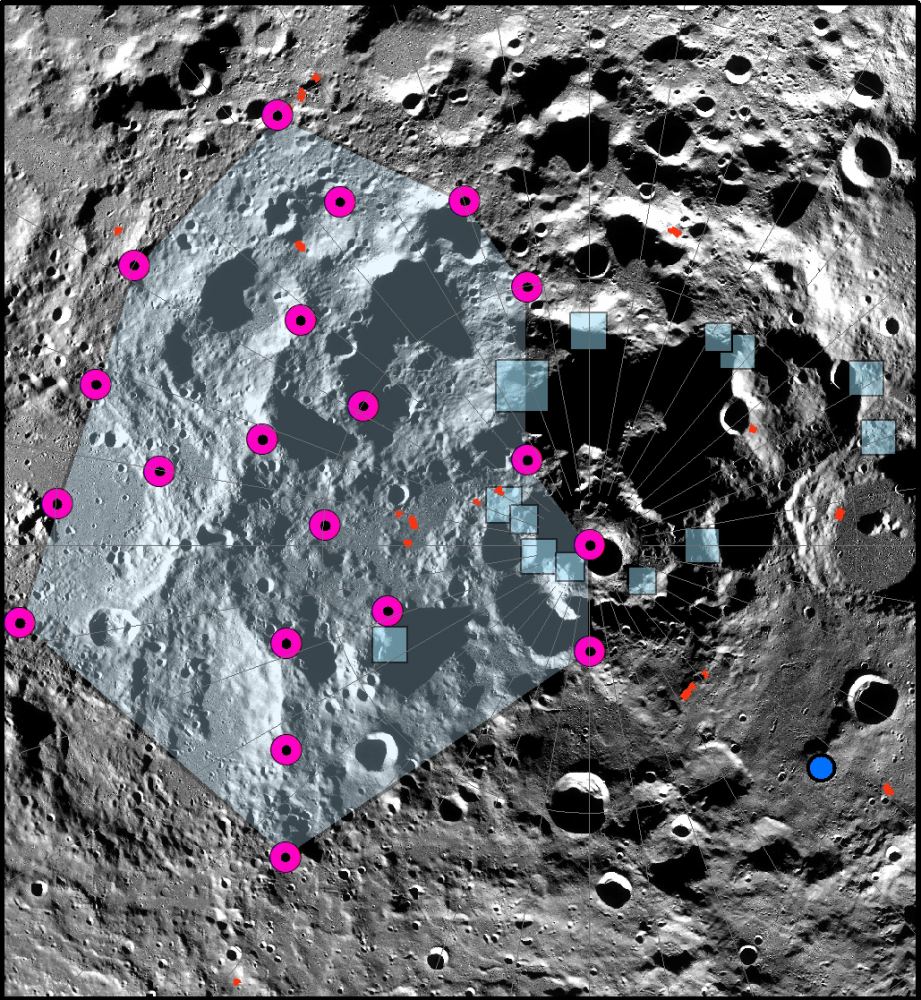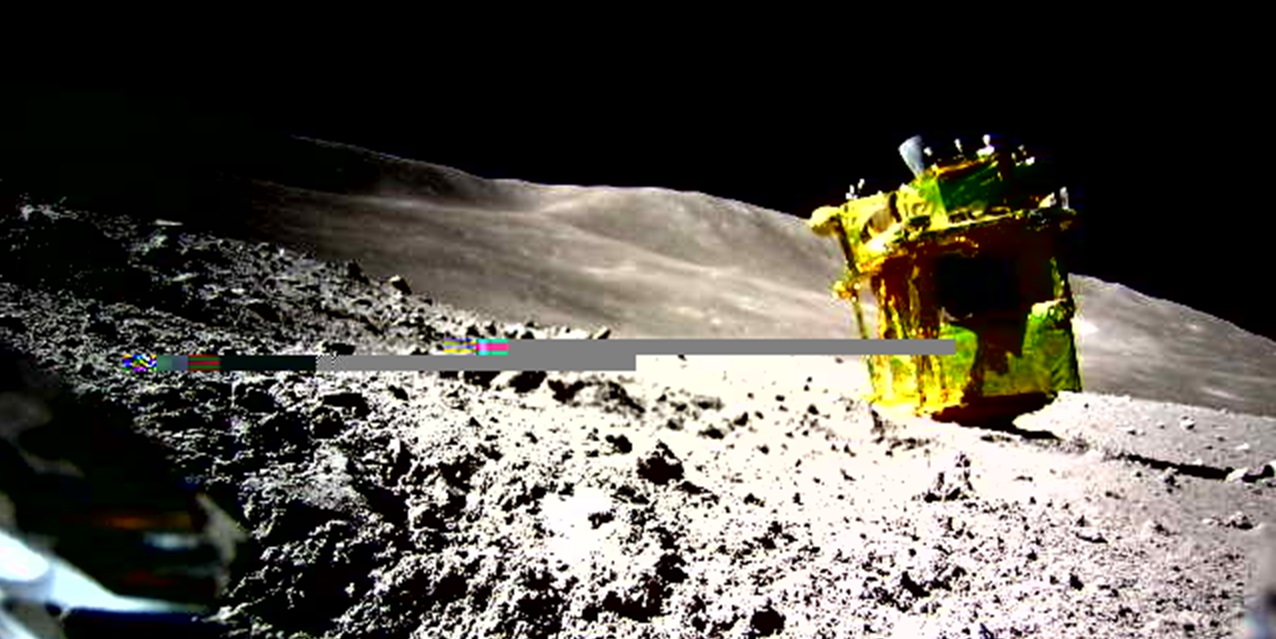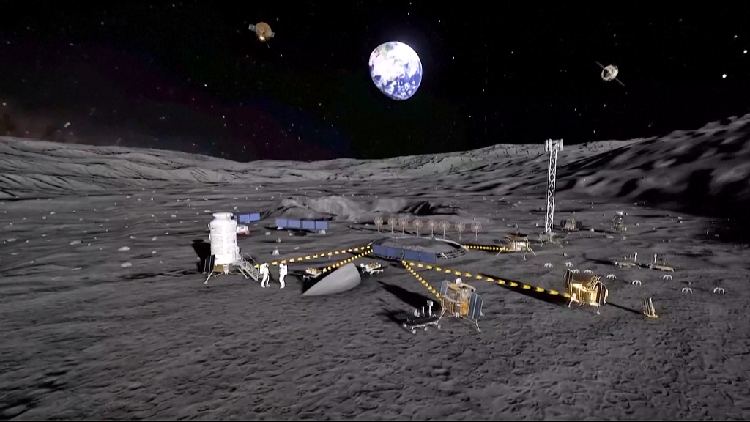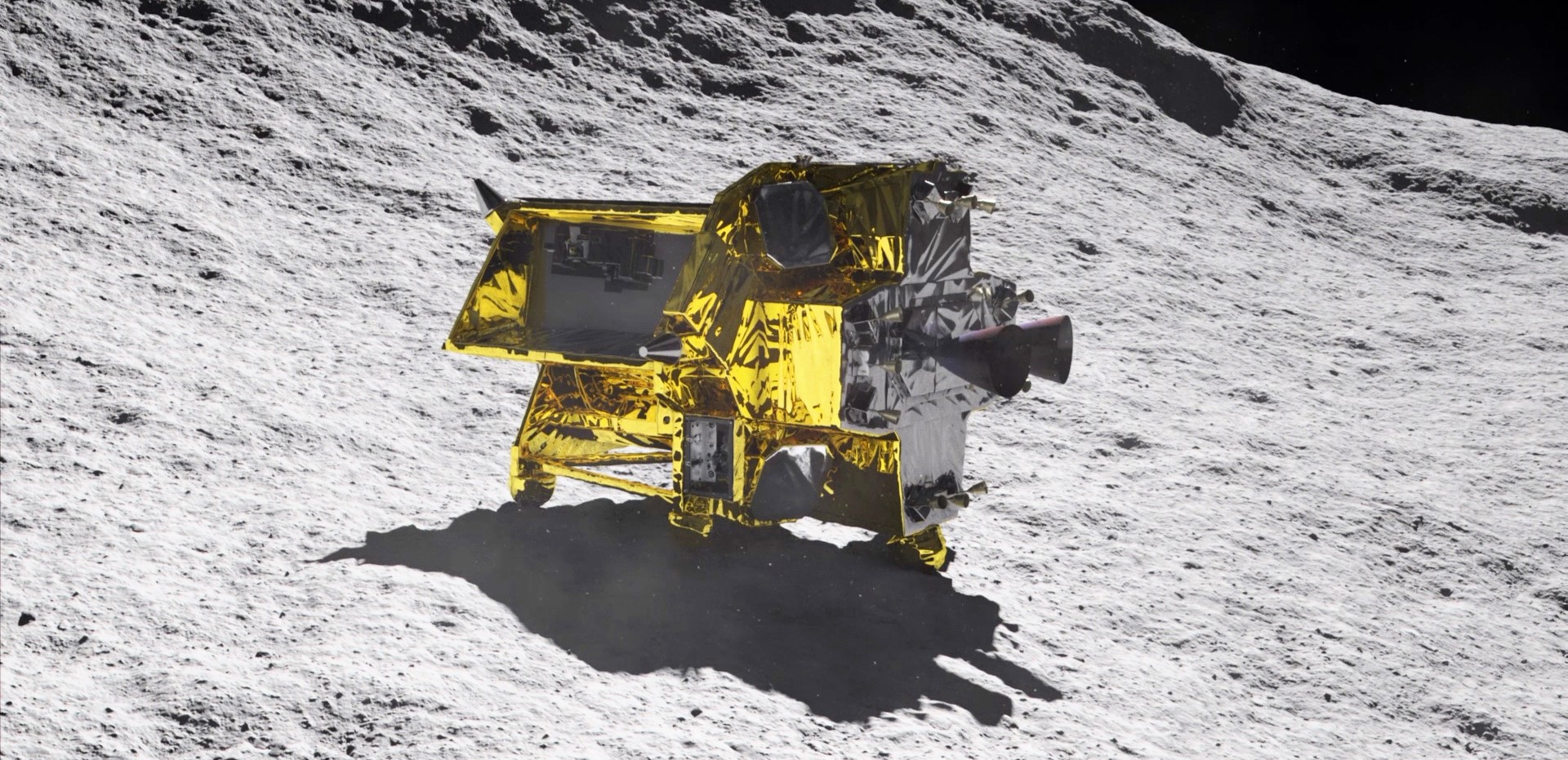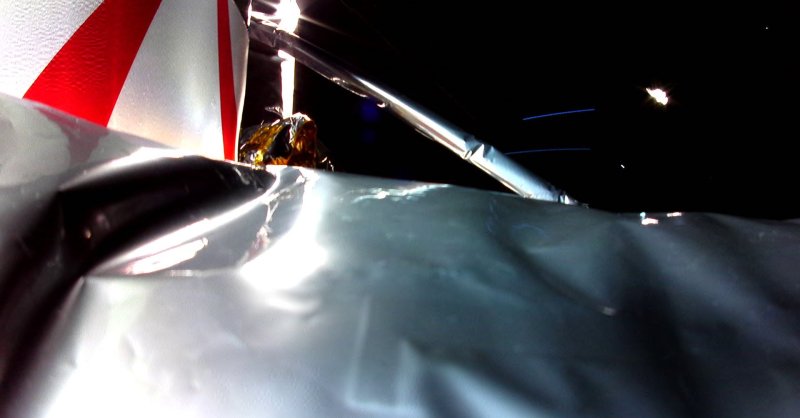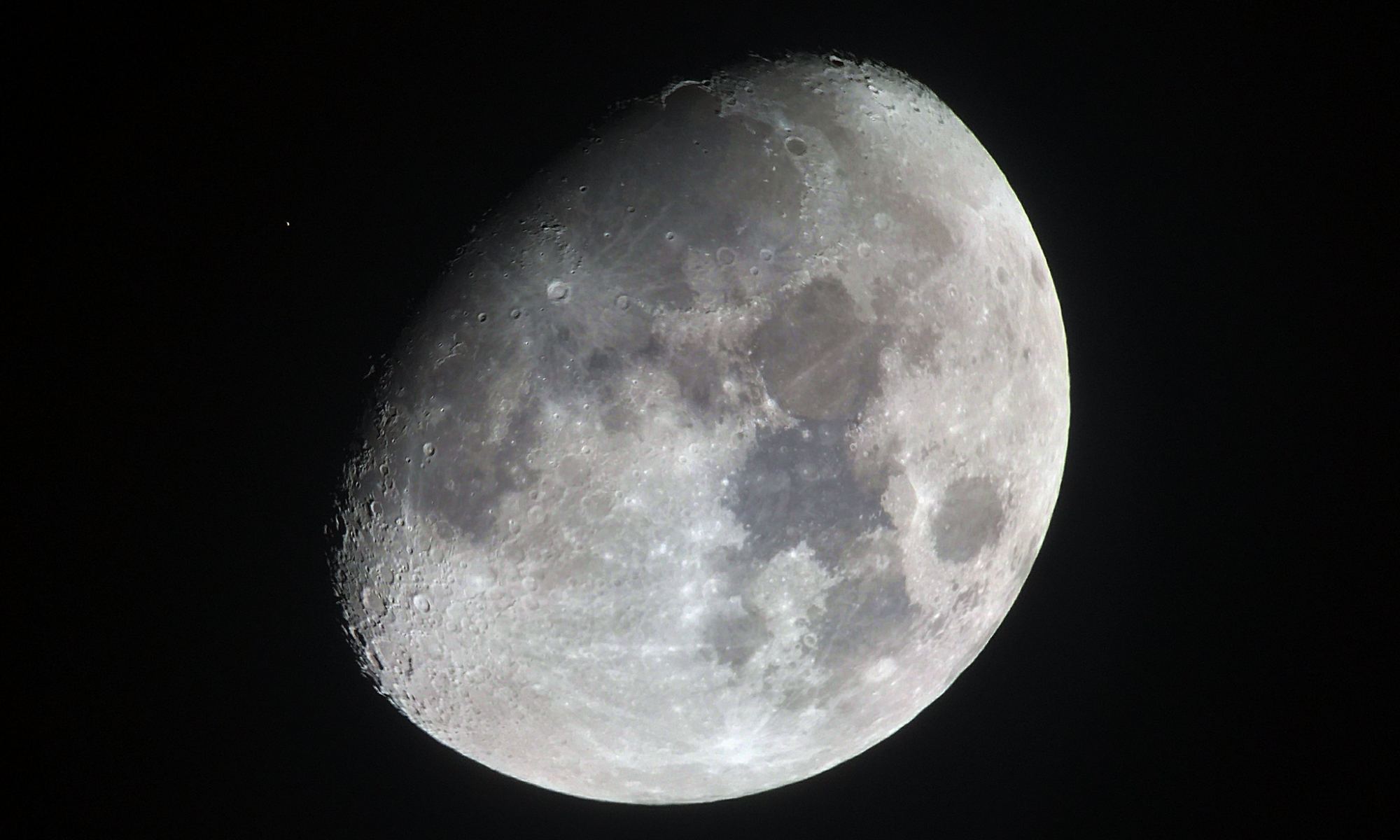Now we know why Japan’s lunar lander wasn’t able to recharge its batteries after touching down on the moon last week: The spacecraft appears to have tumbled onto its side, with its solar cells facing away from the sun.
The good news is that the Smart Lander for Investigating Moon, or SLIM, achieved its primary mission of setting down within 100 meters (330 feet) of its target point — and that the mission’s two mini-probes, which were ejected during SLIM’s descent, are working as intended.
Scores of images were taken before and after landing. One of the pictures. captured by a camera on the ball-shaped LEV-2 mini-probe, shows the lander sitting at an odd angle with its thrusters facing upward and its solar cells facing westward.
To conserve battery power, mission managers at the Japan Aerospace Exploration Agency shut down SLIM after the probes transmitted the imagery they collected. But there’s still a chance that the sun’s shifting rays could provide enough power to allow for further operations in the week ahead.
Continue reading “Japan’s Moon Lander Is Lying On Its Side After Hitting Its Target”
